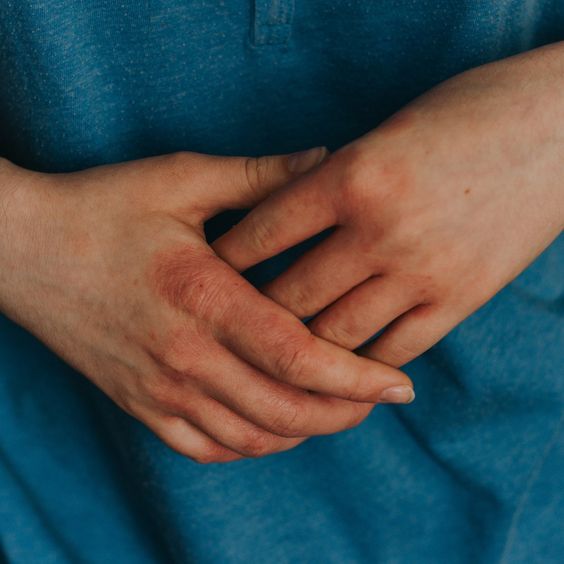Introduction
Photodermatitis, sometimes called "sun allergy" or "sun poisoning," is an uncomfortable skin reaction triggered by sun exposure. It's more complex than a typical sunburn and can manifest in various ways, from itchy rashes and blisters to scaly patches and raised welts. Understanding photodermatitis is the first step towards protecting yourself and enjoying sunny days safely.

This article delves into the causes, symptoms, and treatment options for photodermatitis. We'll provide practical tips for prevention and guide you on when to seek professional medical advice. Whether you're prone to sun-induced skin reactions or simply want to be informed, read on to equip yourself with the knowledge to handle photodermatitis effectively.
Understanding the Causes of Photodermatitis
Photodermatitis occurs when your immune system recognizes certain substances in your skin as harmful after they've been exposed to sunlight. This reaction leads to inflammation and the array of symptoms associated with the condition. But what exactly causes this immune response? Let's explore some common triggers:
- Medications: Certain medications, such as antibiotics, anti-inflammatories, and even some acne treatments, can increase your skin's sensitivity to sunlight.
- Fragrances and Chemicals: Chemicals found in perfumes, cosmetics, and skincare products can react with UV rays, leading to photodermatitis.
- Plants: Contact with certain plants, like citrus fruits, celery, and wild parsnip, can cause a type of photodermatitis called phytophotodermatitis.
- Genetic Predisposition: Some individuals are genetically predisposed to photodermatitis, making them more susceptible to sun-induced skin reactions.
Managing Photodermatitis: Tips for Prevention and Treatment
Dealing with photodermatitis can be frustrating, but proactive measures can significantly reduce your risk and discomfort:
- Sun Protection is Key: Apply a broad-spectrum sunscreen with an SPF of 30 or higher daily, even on cloudy days. Reapply every two hours, especially after swimming or sweating.
- Seek Shade: Limit sun exposure during peak hours (10 am to 4 pm), and seek shade whenever possible.
- Protective Clothing: Wear protective clothing, such as long-sleeved shirts, pants, wide-brimmed hats, and sunglasses, when outdoors.
- Know Your Triggers: Identify and avoid substances that trigger your photodermatitis, whether medications, fragrances, or specific foods.
If you experience photodermatitis symptoms, consider the following:
- Cool Compresses: Apply cool compresses to soothe inflamed skin and reduce itching.
- Over-the-Counter Relief: Over-the-counter hydrocortisone cream or oral antihistamines can help alleviate itching and inflammation.
- Consult a Dermatologist: If symptoms are severe, persistent, or worsen, seek prompt medical attention from a dermatologist. They can recommend appropriate treatment options, including prescription medications.





